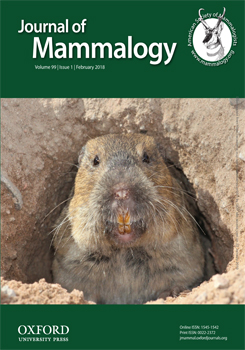Global positioning system (GPS) technology has revolutionized the study of carnivores. Researchers commonly estimate kill rates with GPS data using the following steps. Firstly, researchers mark individual animals and fit them with GPS collars. Next, they visit a subset of “GPS clusters” (aggregated location data) during field surveys and assign spatiotemporal covariates associated with predation and non-predation events. Lastly, they develop predictive models with data collected in the field to estimate the probability that each cluster they did not visit in the field was a predation event. Such predation models help reduce field efforts and save money; however, these models are prone to error when carnivores eat prey of different sizes or exhibit shorter-than-expected handling times. We simulated reduced field efforts to investigate the reliability of predictive modeling in determining diet composition and detecting predation events for 3 puma (Puma concolor) populations with different prey assemblages and potential effects on handling time of carcasses. We visited a total 1,896 clusters in Chilean Patagonia, Colorado, and California, of which 1,752 clusters (~92%) were included to build and test predation models. Across all study areas, the total time a puma spent at a cluster was the only reliable predictor of a cluster being a predation event. When we reduced field efforts by selectively removing GPS clusters < 12 and < 24 h in length, model performance improved but produced inaccurate results. Predation models underestimated the number of predation events in California and Colorado and significantly over- or underestimated the number of predation events in Patagonia. Selectively reducing field efforts also reduced the diversity and evenness of prey we recorded in puma diets. Randomly reducing field efforts, in contrast, reduced the precision of model estimates. Our results highlight the importance of conducting intensive fieldwork over predation modeling to measure prey selection and kill rates of carnivores.
How to translate text using browser tools
27 December 2018
The importance of fieldwork over predictive modeling in quantifying predation events of carnivores marked with GPS technology
L. Mark Elbroch,
Blake Lowrey,
Heiko U. Wittmer
ACCESS THE FULL ARTICLE

Journal of Mammalogy
Vol. 99 • No. 1
February 2018
Vol. 99 • No. 1
February 2018




